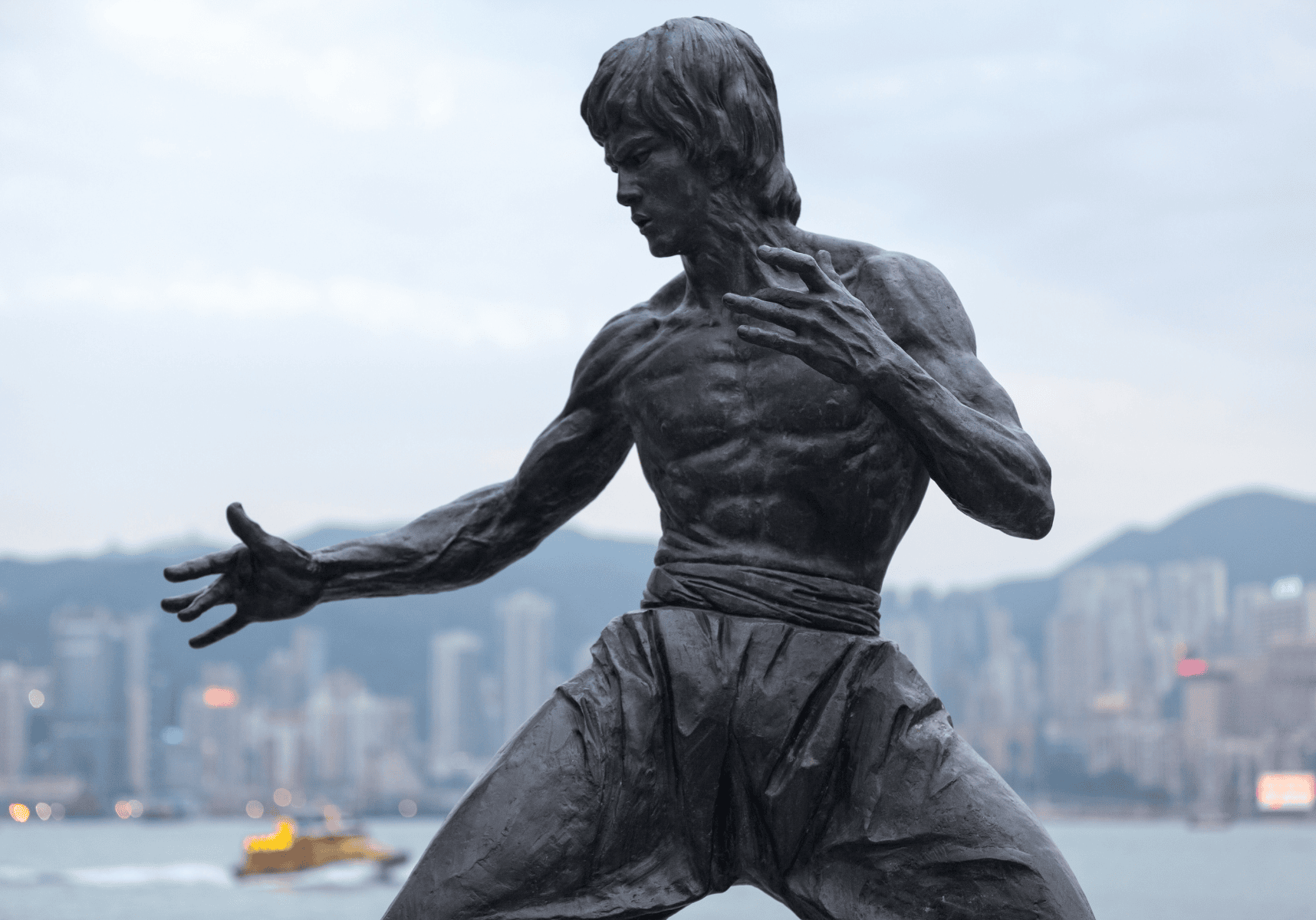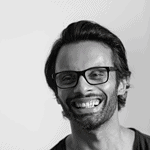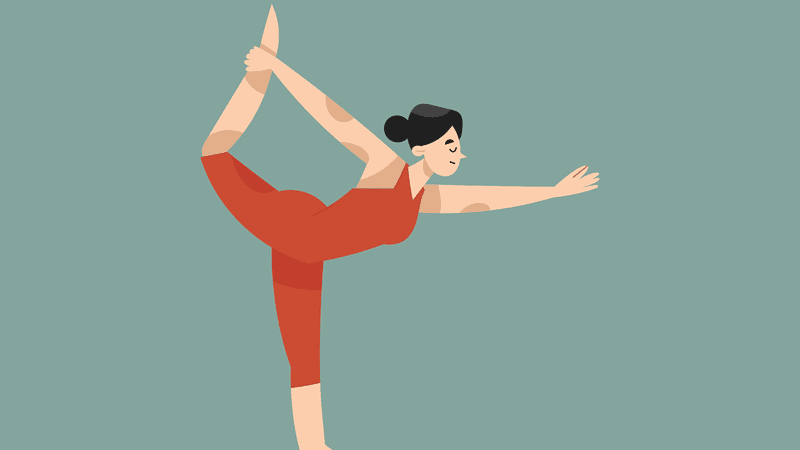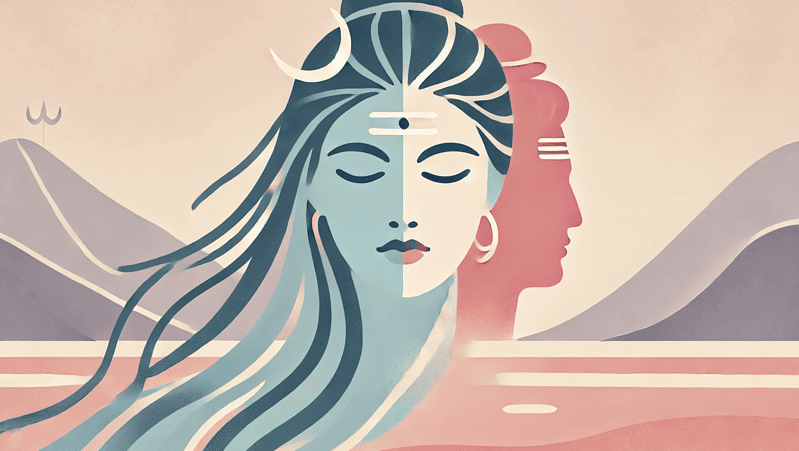
What is Yoga? Bruce Lee Can Help
A Journey of Self-Discovery, Introspection, and Transformation - By Zahir Akram
Reading time: 5 minutes
Yoga is a journey and a destination, but what does that even mean? The answer requires a great deal of context.
In our Yoga teacher training, I spend many mornings talking about Devi's journey toward asking Shiva (the first yogi according to yogic lore) a question about reality. The question from Devi (the first-ever yoga student) isn’t something that just popped into her mind one day. Devi, also known as Parvati, had to go through a long, soul-searching journey—lots of introspection and a deep dive into her own being—just to be in the right mindset to ask such a profound question. If she hadn’t been ready, emotionally and psychologically, Shiva would’ve just stayed quiet. Or, once Parvati asked, "Oh Shiva, what is your reality?" Shiva might have replied, "Do you know your reality?"
From studying the fascinating dialogue and backstory of Shiva and Parvati, I’ve come to understand that yoga (and I’m not talking about the physical poses here) is a journey of self-discovery. Yoga is both the journey and the realization.
Introspection is a crucial part of this journey. But what exactly is introspection? It’s the practice of looking inward, examining our thoughts, emotions, and behaviors, and trying to understand what’s really happening beneath the surface. Why do we act the way we do? What influences, both positive and negative, are driving our behavior?
Introspection doesn’t just happen on its own—it’s a skill we cultivate over time. We develop it with the support of friends, through experiences like yoga teacher training, during life-changing events, or as a result of trauma. In my case, it’s also been shaped by reading books on behavior, trauma, psychology, and philosophy.





